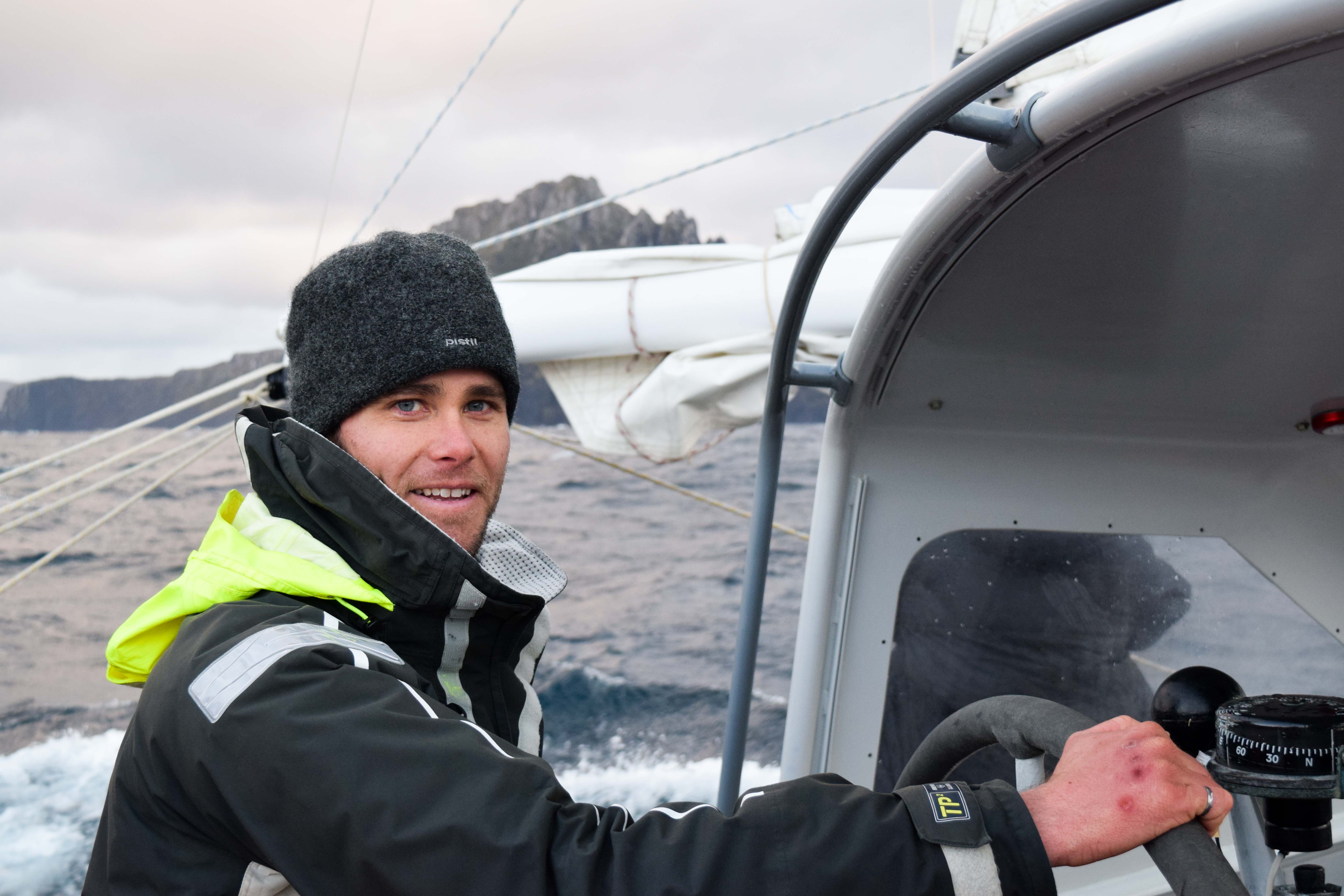Scott Bishop, a PhD candidate in aerospace engineering at Carleton, is one of 72 people left in the running to become an astronaut with the Canadian Space Agency (CSA).
This is the fourth campaign the CSA has launched to recruit new astronauts. The process began with 3,722 candidates and is now down to 72, according to the CSA website.
According to Karl Saad, the project manager on the astronaut recruitment campaign, the process will end in early summer 2017. After this, he said the two candidates selected will move to Houston, Texas where they must complete a course administered by NASA before becoming a certified astronaut.
Growing up, Bishop said there were astronauts he looked up to and there was a drive to pursue this goal.
“I have always been interested in exploring,” he said.
“I have forced myself to be prepared over a long period of time and I have put myself through hazardous and stressful situations,” Bishop said.
Bishop said he has sailed across the Atlantic Ocean twice, single handedly in a 38-foot sailboat that he rebuilt himself.
In dealing with the stress of the process, Bishop said it is important to be confident in your own skills.
“This is a mentally and physically exhausting process,” he said. “There were hurdles and I didn’t do as well as I wanted but I turned that around.”

“I’ve learned more about myself and it has made me realize even more that I want to pursue this. It’s an exciting process, that pushes you to your limit,” Bishop said.
After completing his Masters degree, Bishop said he worked for seven years before coming back to Carleton as mature student.
Bishop said his PhD was inspired by a project he was involved with while working in the private sector. The project involved developing a system that used ultrasonic waves to identify damage in carbon fibre structures for the Boeing 787 airplane, similar to a hospital ultrasound.
He said his PhD thesis builds on the concept of using ultrasonic waves to detect damage on planes, but in real time. This is called structural health monitoring and the goal is to attach tiny sensors to the aircraft to identify the severity, location, and type of damage as soon as it occurs. This allows the pilot or engineers to decide if the aircraft needs to make an emergency landing or be taken out of service.
In describing the ideal astronaut candidate, Saad said the CSA wants “a superstar in everything.”
“They have to be versatile,” he said.
“If something needs to be fixed, you’re it. You can’t call a service provider. You have to fix it on site,” Saad said.
Saad acknowledges the difficulty in narrowing the candidates down late in the selection process.
“When they are no longer a file and you see them in person, it’s different,” he said. “It’s not easy deciding, but we would rather have that problem because it means we were able to reach two people who met our requirements across the board.”
Because it is a multistage process meant to evaluate different skills simultaneously, Bishop said it is hard to figure out what to expect next.
“In your moment of failure, you have to evaluate yourself objectively and get good lessons,” Bishop said. “Push yourself harder and enjoy doing it.”
– Photo is provided.






